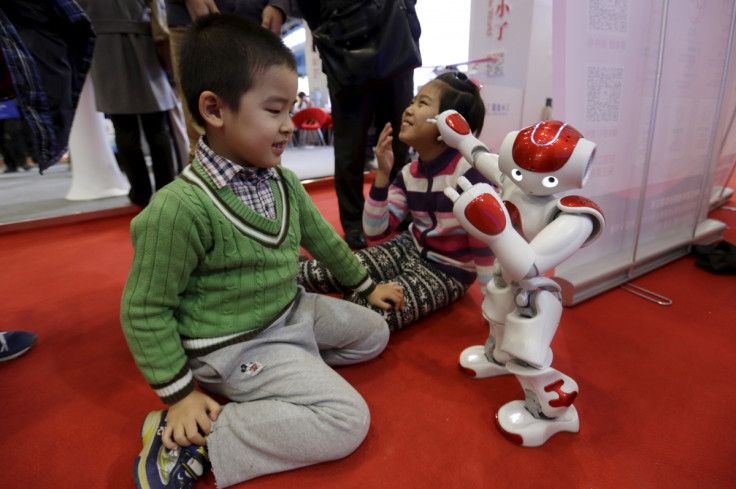Scientists develop artificial intelligence that learns as fast as human

Scientists have developed a computational algorithm of an artificial intelligence system that has the ability to imitate human learning processes. In a study published by the journal Science it is claimed that the development would help in bridging the gap between human and machine learning.
According to the research – published last week – machines with artificial intelligence can identify patterns and make interpretations from pictures and sounds, but the processing was comparatively slower than humans. This was mainly because AI systems needed thousands of examples to learn new things, whereas humans required only a few examples.
The new software designed by the researchers allows the AI system to identify handwritten alphabets as quickly as humans can do. Brenden Lake, the study's lead author at New York University, said: "Compared to our best machine learning algorithms, people can learn a new concept from less data and generalize in richer and more powerful ways. We were able to capture these human learning abilities for a large class of simple visual concepts - handwritten characters from the world's alphabets."
The scientists also outlined that the new computational model was unlike previous algorithms of machine learning. Deep learning technology is one such concept, which is commonly used in the field of AI. Deep learning uses a collection of pixels to assist AI systems in identifying images.
The new model goes one step further by allowing systems to recognise structural patterns of pictures rather than just focusing on pixels. The team developed the software in such a way that a unique program was generated for every alphabetical character. Therefore, the system learnt to pattern every character with a corresponding program, which created a baseline for future references.
The study has been heralded as being vital to future advancements in the field of artificial intelligence. The More-Sloan Data Science Environment at the New York University, the Office of Naval Research, The National Science Foundation and the Army Research Office have all supported the research.
© Copyright IBTimes 2025. All rights reserved.






















